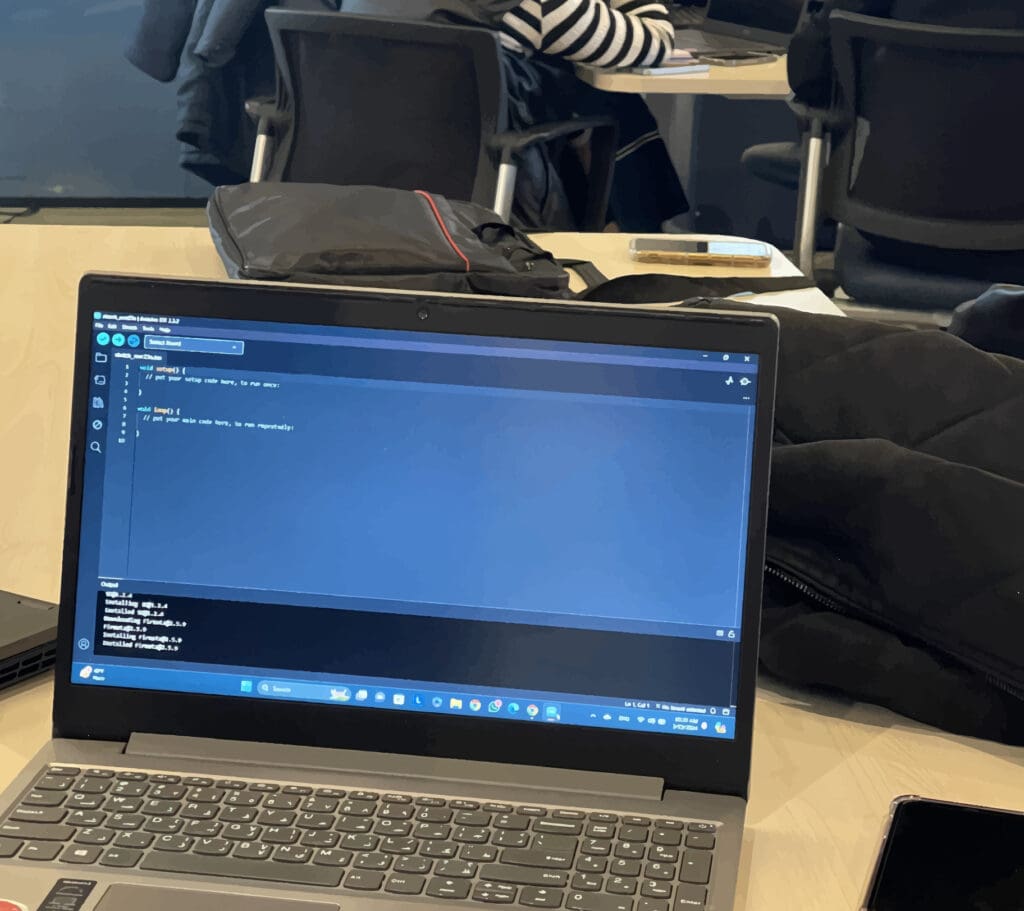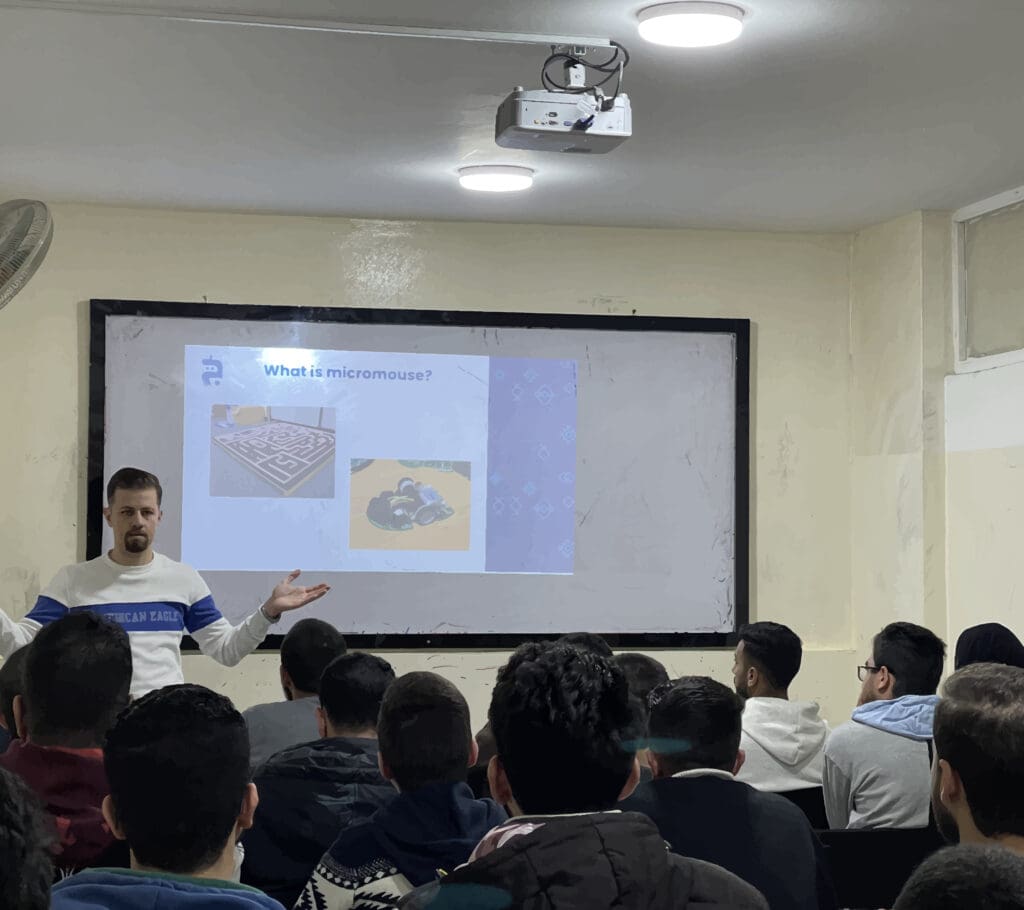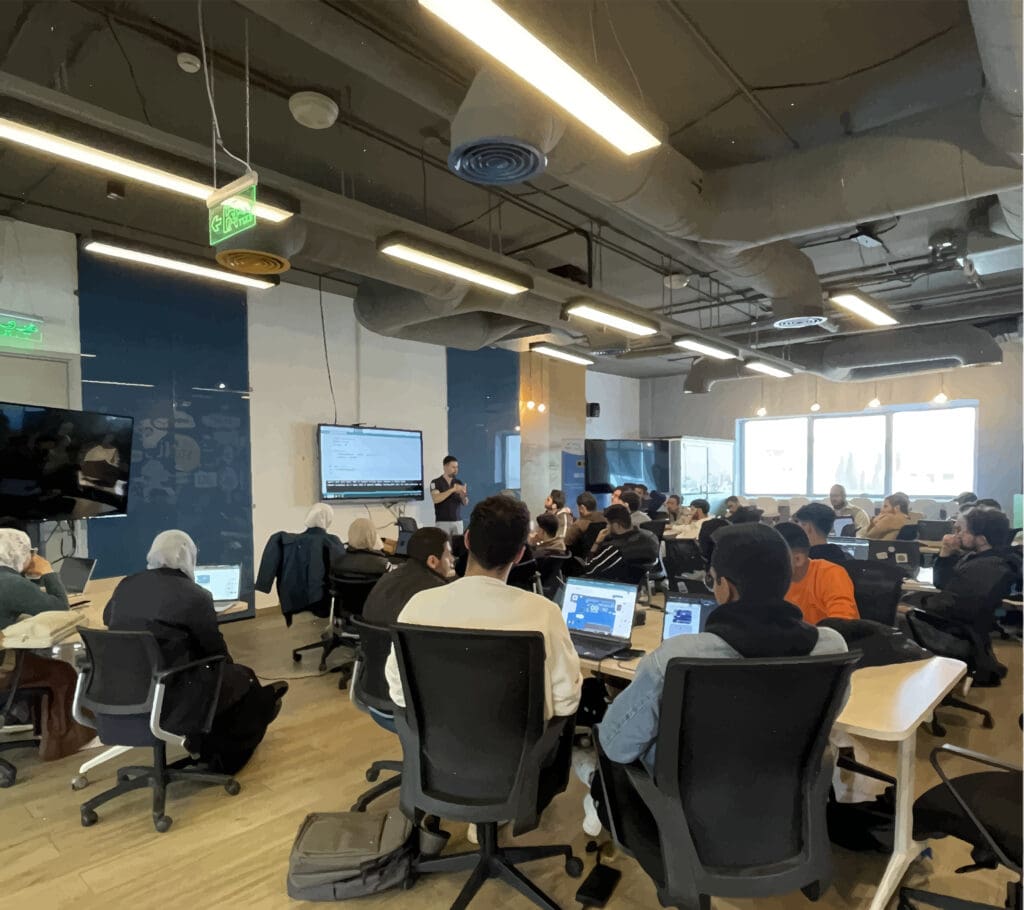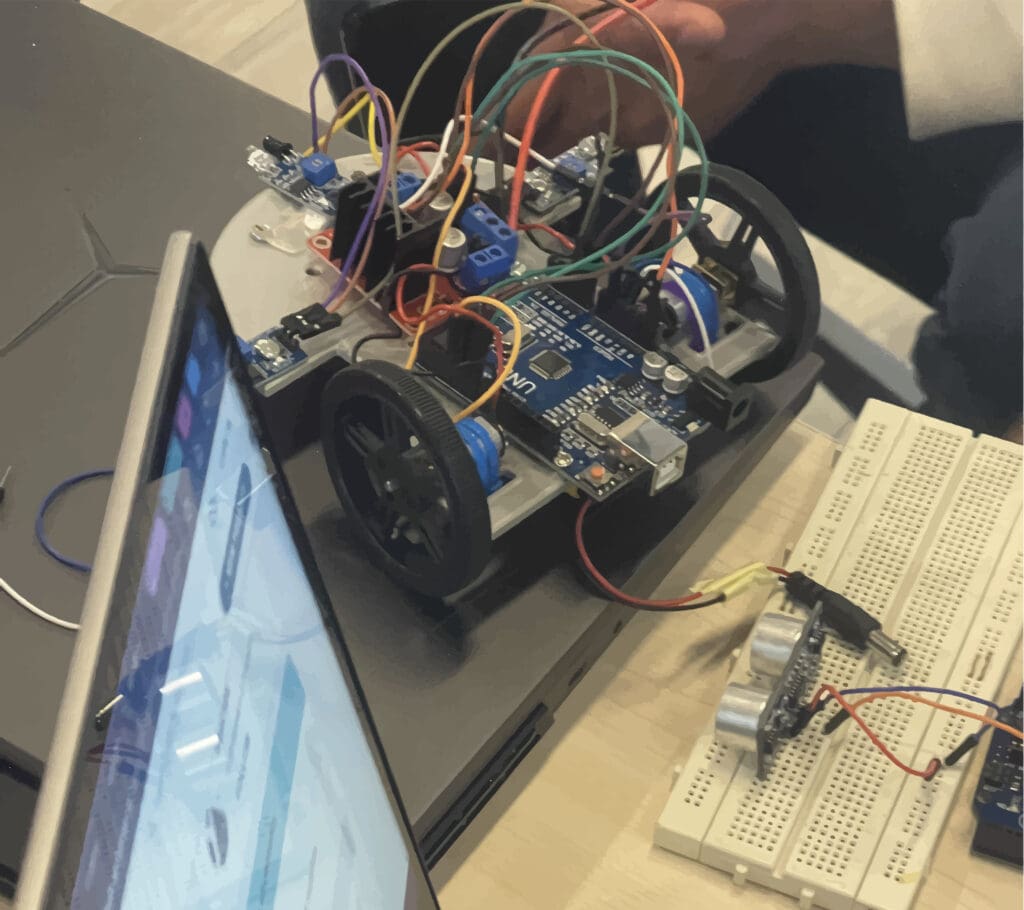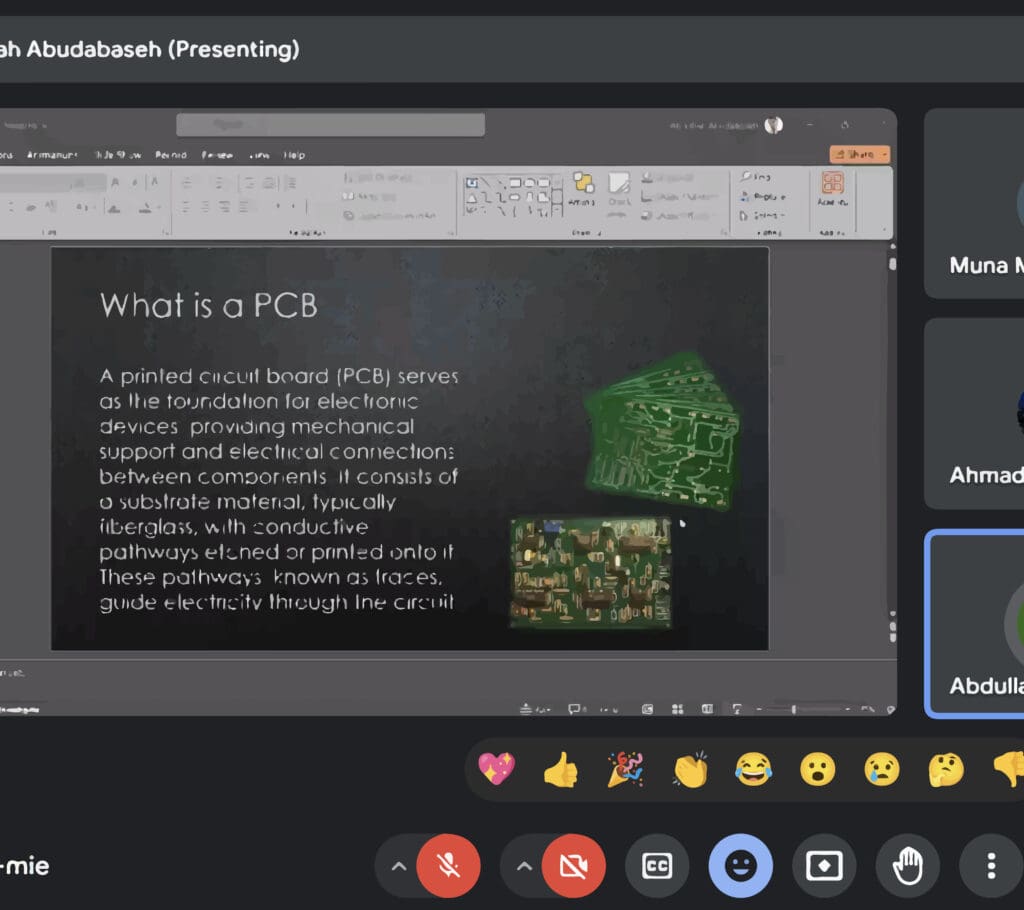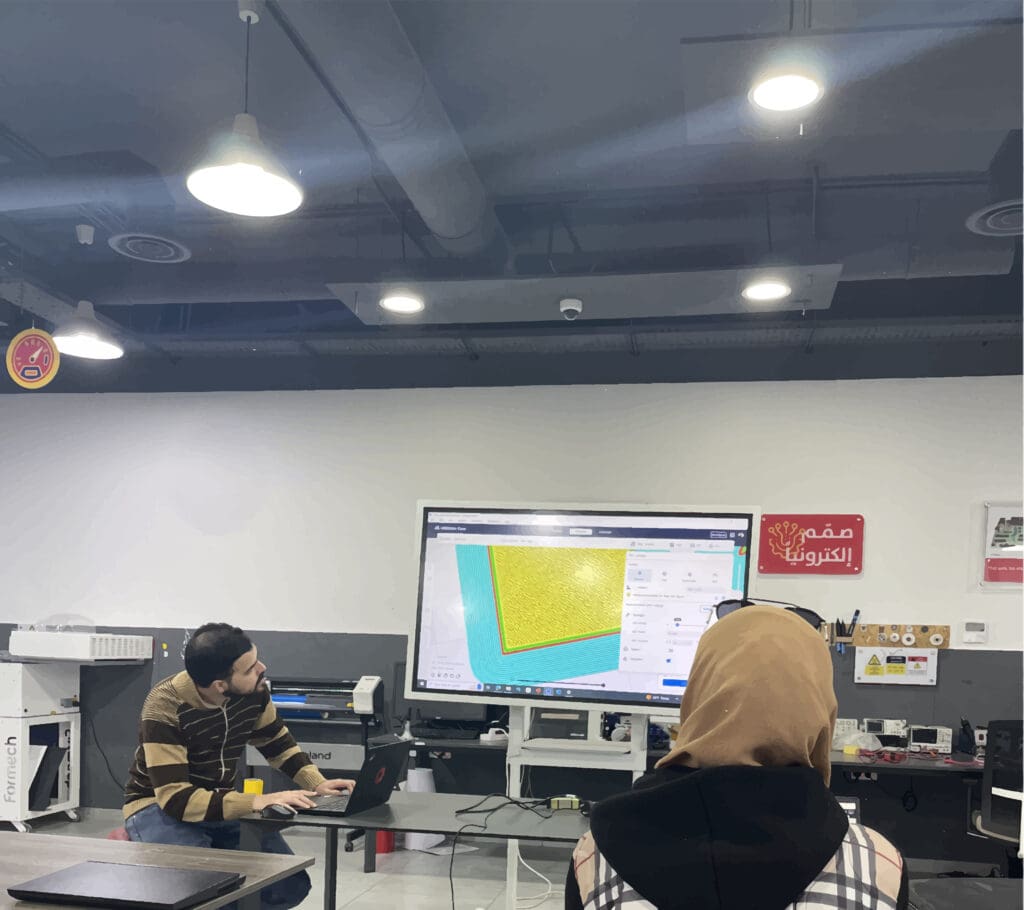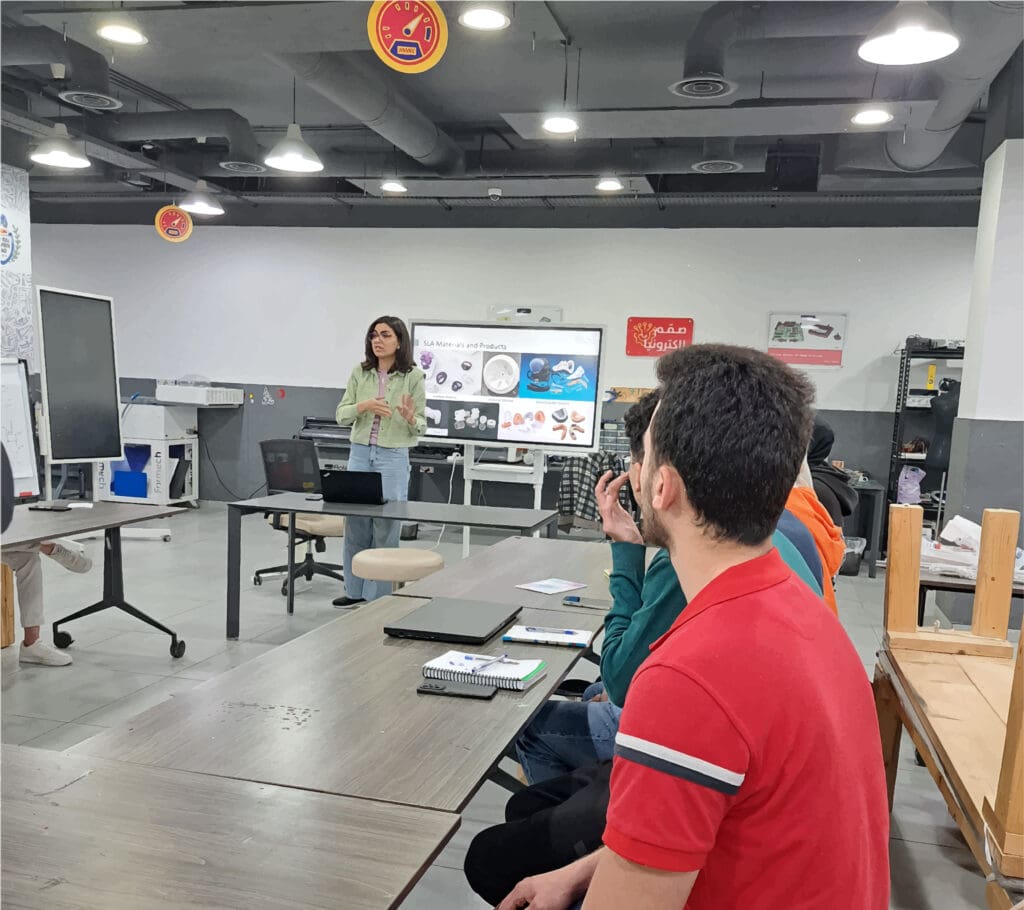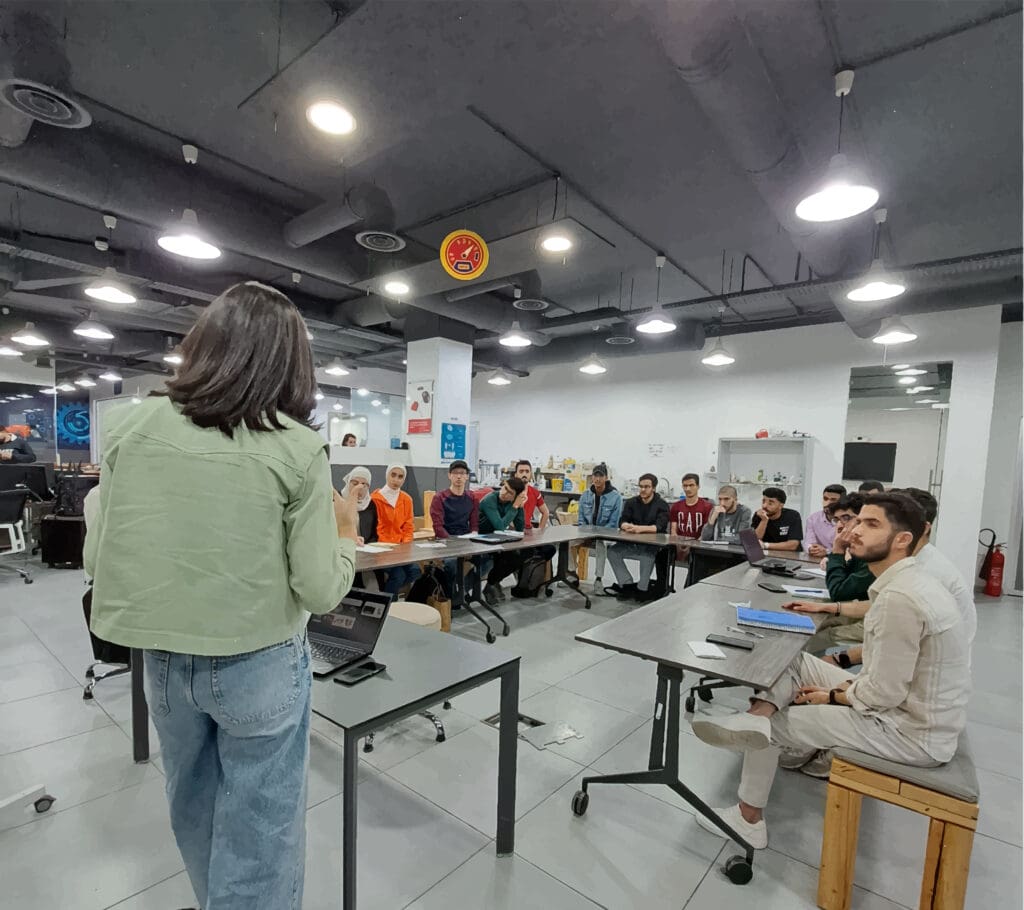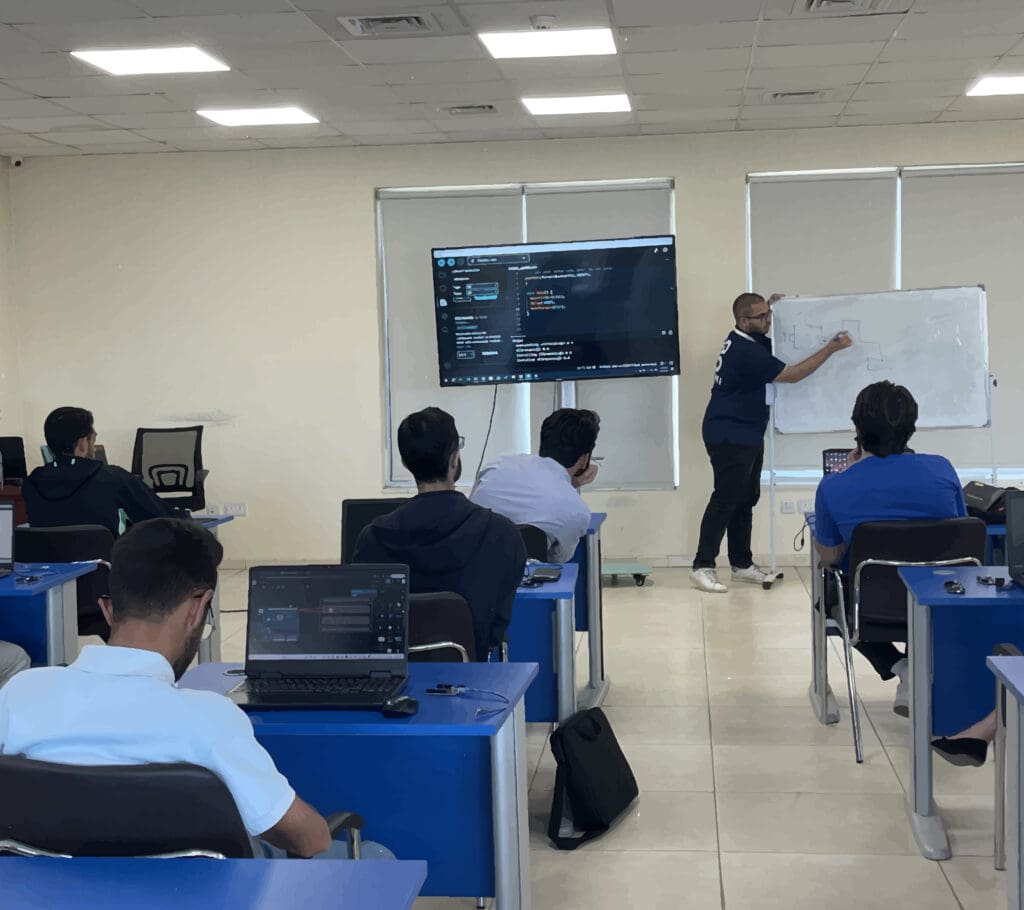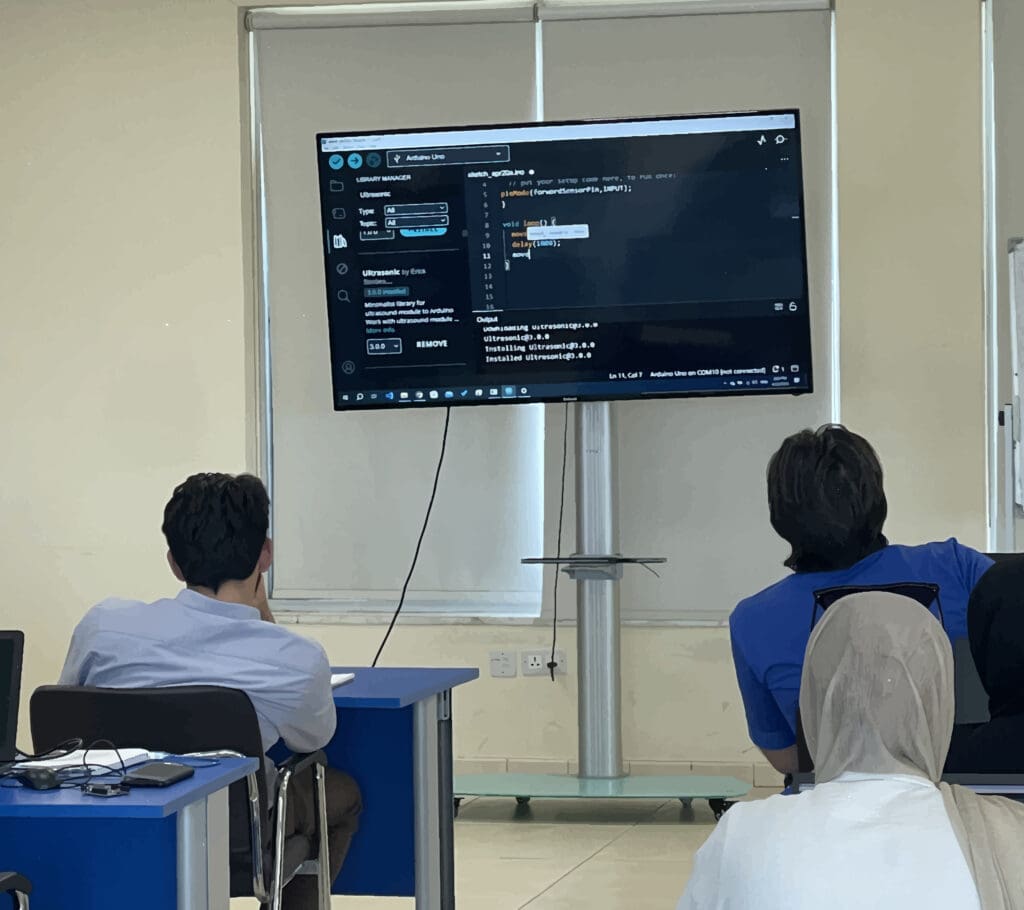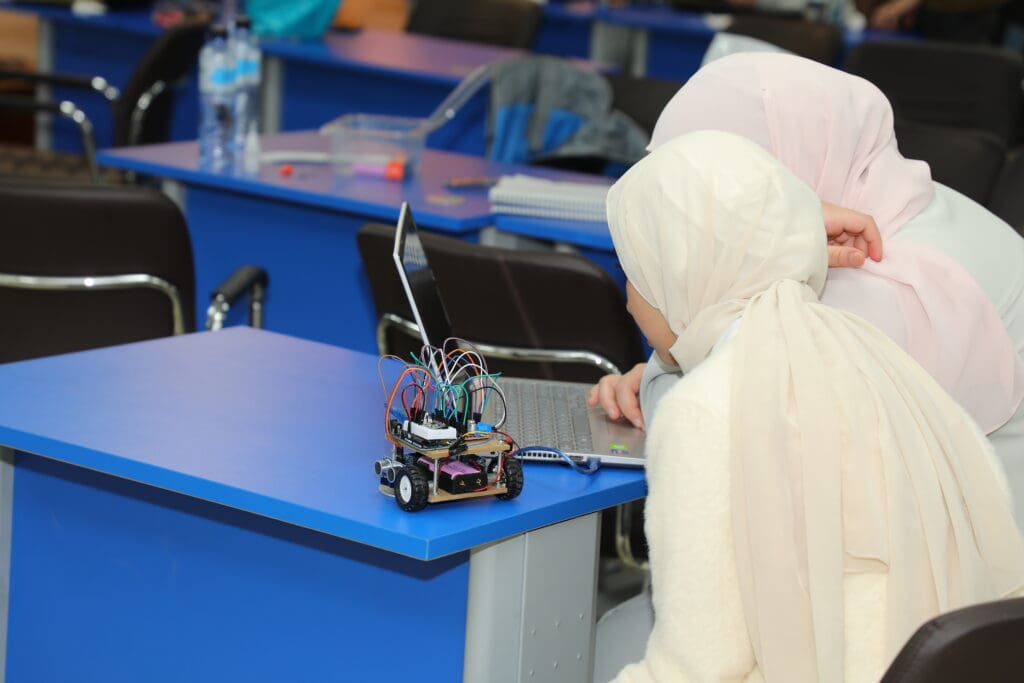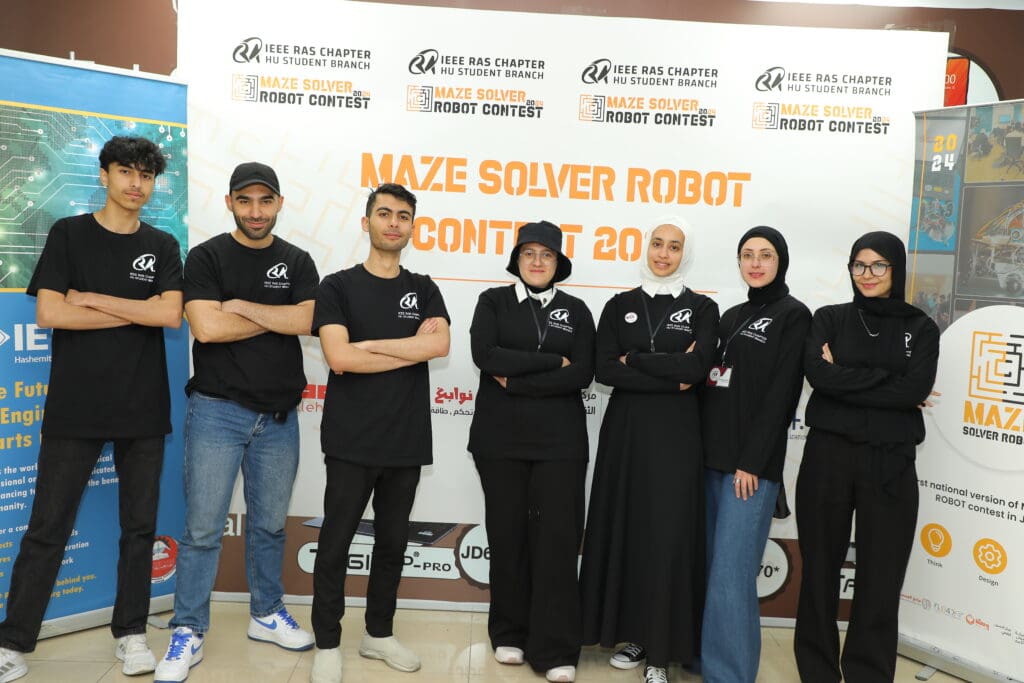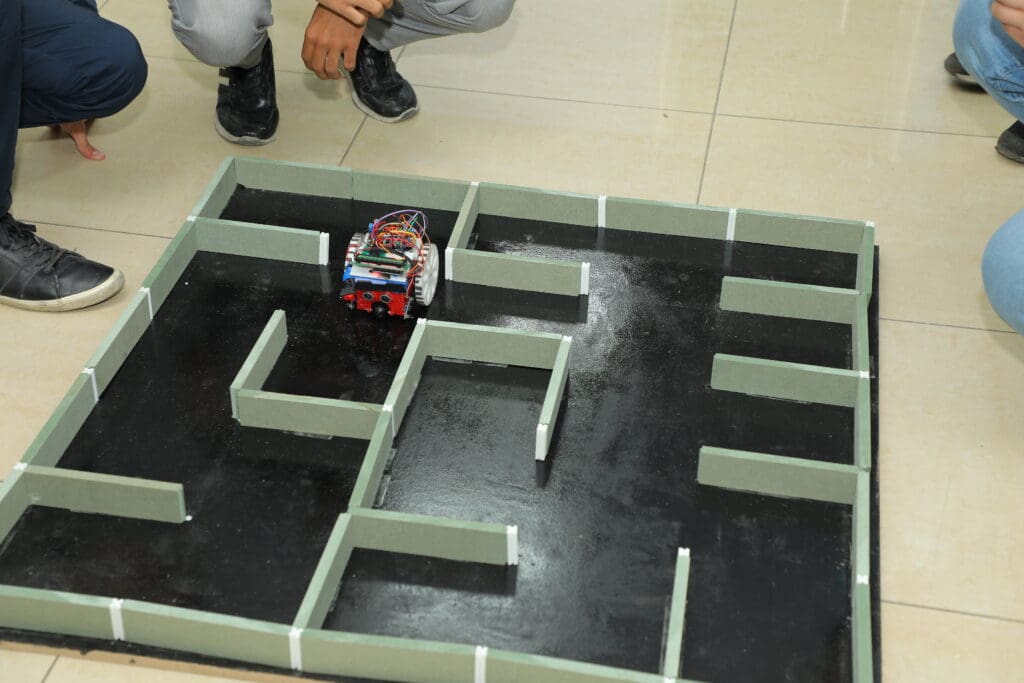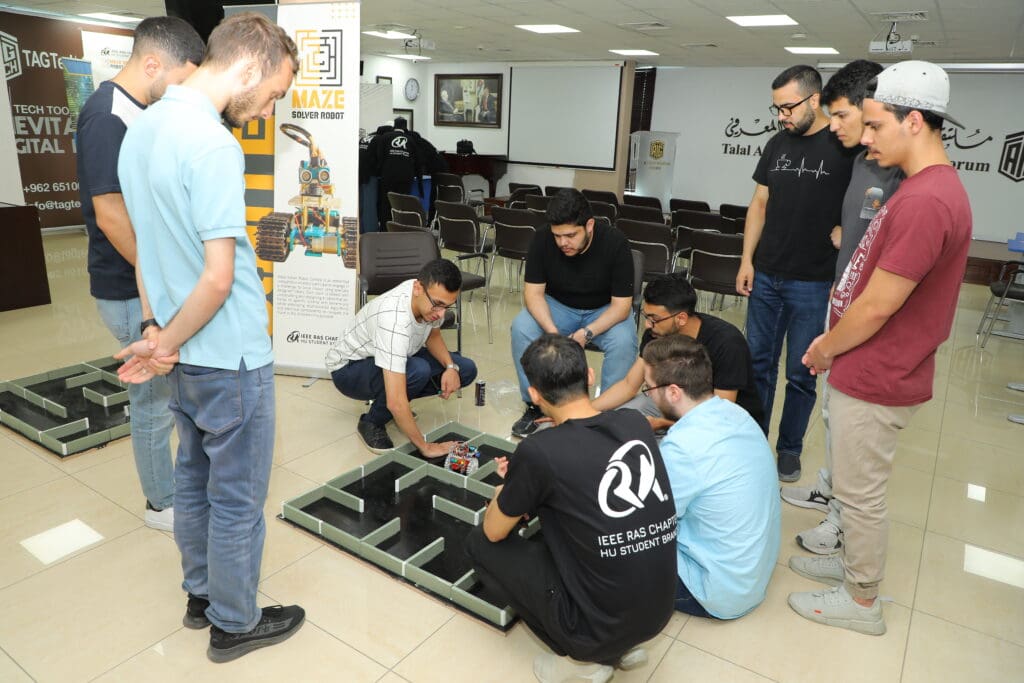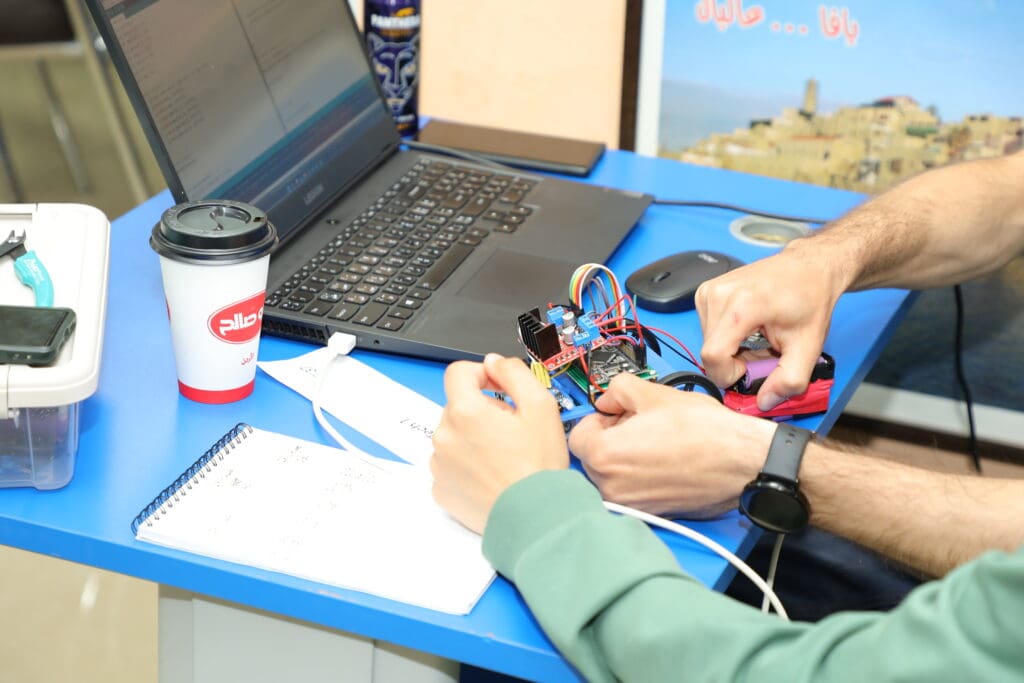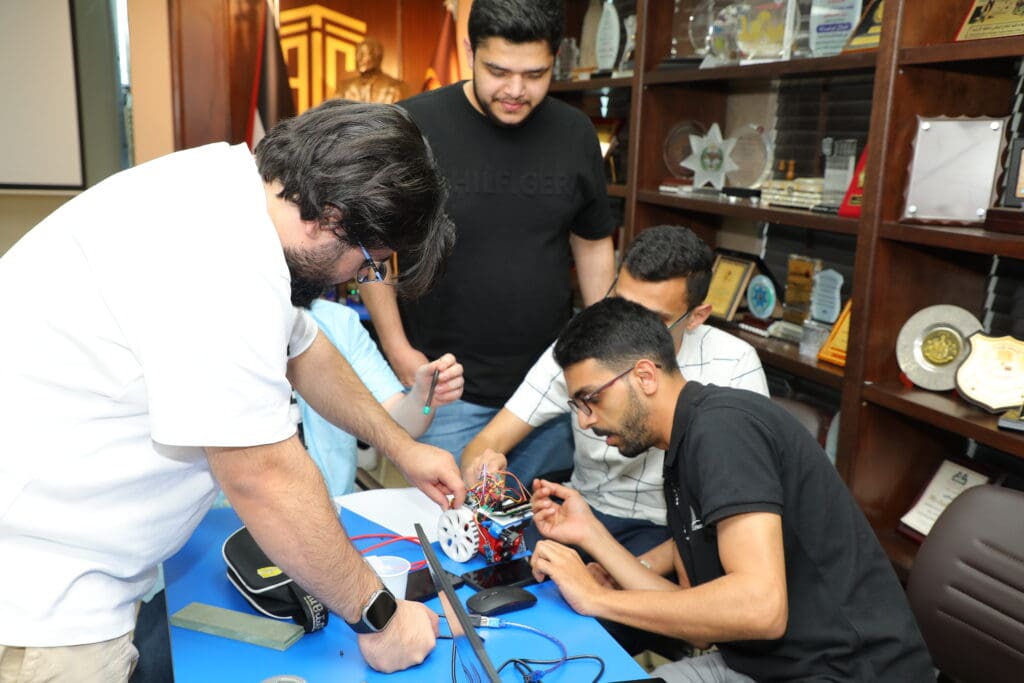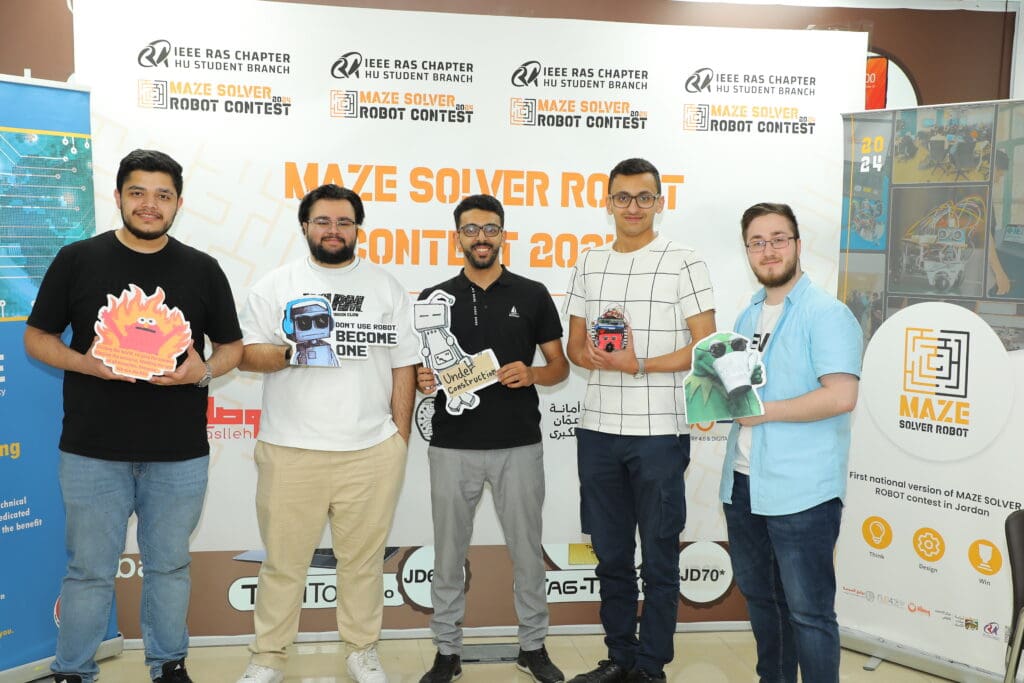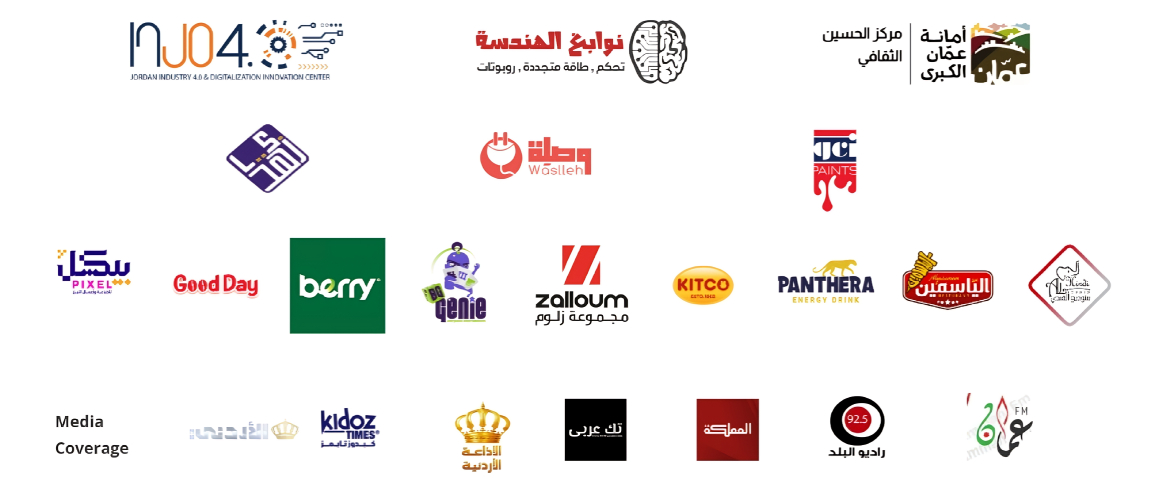Maze Solver Robot Contest 2024
Contest History
The inception of maze-solving robots traces back to the IEEE's pioneering efforts in 1979, marked by the establishment of the first maze-solving robot competition known as the IEEE Micro-Mouse Maze Contest. Over the years, the competition has flourished, with notable events held in Japan (1985), Los Angeles (1986), London (1993), Japan (2002), the UK (2005), the USA (2013), Taiwan (2018), and ongoing in IEEE Region 1 (EUROPE). Recognizing the global momentum of the contest, we embark on introducing the competition to Jordan for the first time in 2024.
Maze Solver Robot Contest 2024
The IEEE HU RAS (Maze Solver Robot Contest) is an esteemed competition wherein participants engage in a challenge to solve mazes using specially designed robots. Each team is tasked with constructing and designing a robot that adheres to specific criteria and dimensions while employing sophisticated algorithms and electrical components to navigate the maze in the shortest time possible.
Acknowledging the novelty of this competition for participating students, we are committed to alleviating any apprehensions by offering comprehensive training sessions.
Contest Guidelines
Some Important Terms
- Stage : The competition consists of three stages, after each stage, half of the participating robots will qualify.
- Round : Each stage consists of two rounds that are not consecutive, as after finishing all participating teams in the stage with the first round, the second round begins.
- Attempt : Each round consists of three attempts, and the attempt is to start the robot again and catch it while inside the maze to return it to the starting cell, to start a second attempt to solve the maze.
- Maze Solution : This means the robot reaching the square located at the center of the maze, meaning all dimensions of the robot are in it.
** Note : The round time may end without using the three attempts, and also the attempts may end before the round time ends.
Competition Stages
| Number of attempts per round | Time per robot | Number of solving the maze | ||
|---|---|---|---|---|
| Stage one | Round one | 3 | 3 min | (0-∞) |
| Round tow | 3 | 3 min | (0-∞) | |
| Stage two | Round one | 3 | 2 min | (0-∞) |
| Round tow | 3 | 2 min | (0-∞) | |
| Stage three | Round one | 3 | 1 min | (0-∞) |
| Round tow | 3 | 1 min | (0-∞) |
Robot Rules
- The dimensions of the robot do not exceed 18 cm x 18 cm, both before and during each round.
- Robot Weight Range: Any.
- Self-Containment: Robots must be self-contained and cannot be controlled remotely.
- The robot shall not jump over, fly over, climb, scratch, cut, burn, mark,damage, or destroy the walls of the maze.
- Any violation of these rules will result in immediate disqualification from the competition and ineligibility for associated prizes.
Arena Rules
- The maze consists of multiples of a square unit measuring 20 cm × 20 cm. The height of the maze walls is 5 cm and its thickness is 1.2 cm.
- The sides of the maze walls are white, the surfaces of the walls are red, and the floor is black. The maze is made of wood coated with matte paint.
- Warning: Do not assume that the floor provides a certain amount of friction, as it is made of coated plywood.
- The start of the maze is at one of the four corners. The starting square is surrounded by walls on three sides. The starting line is between the first and second squares. So when the robot exits the corner square, the time starts. The destination goal is the four cells located in the center of the maze. The destination square has only one entrance.
- Multiple paths to the destination square are allowed and expected.
Contest Rules
- The number of individuals in one team must not exceed three people, and participation in a single team is allowed.
- All students from Jordanian universities are allowed to participate, in addition to centers and institutes specialized in robots.
- The first round of the first stage of the competition starts with three minutes for each participating team and decreases by one minute for each stage, so that the duration of the round in the second stage becomes two minutes, and in the final stage one minute, to solve the maze.
- In each round, two timers will start counting, the first to calculate the total round time, and the second to calculate the duration taken by the robot to solve the maze.
- The timers start when the robot exits the first cell of the maze, and the first timer ends when the time for each round end, and the second timer ends when the robot solves the maze.
- Robots that solve the maze with the largest possible number during the stage will directly qualify for the next stage and will be announced after finishing the two rounds.
- In each stage, half of the participating teams will qualify.
Exceptions
If none of the robots participating in the round solve the maze or draw the match, the preference will be given to the efficiency of the robots and the paths they traversed (this is at the discretion of the judges), so that the qualifying criteria are arranged as follows:
- The number of times the robot solved the maze.
- The time it took the robot to solve the maze during each attempt.
- The robot’s efficiency and the paths it crossed during the two rounds.
Rules Violation
Any violation of these rules will constitute immediate disqualification from the contest and ineligibility for any associated prizes.
Contest Venue
It was held at Al-Hussein Cultural Center in Ras Al-Ein
Important Dates
First Step: Courses Phase
- A 30-hour offline training program was on:
- Electrical components on Saturday, March 16 & Saturday, March 23.
- 3D Design & Printing on Saturday, March 30.
- PCB design on Saturday, April 6.
- Programming on Saturday, April 20 & Saturday, April 27.
Second Step: Gathering Day
- Scheduled for Thursday, May 16 ,providing participants with dedicated arenas for training and testing their robots.
Last Step: Competition Day
- At Saturday, May 18.
- Divided into multiple stages and rounds to provide teams with ample competition opportunities.
Contact
Sara Odeh
IEEE HU RAS Chairwoman
odehsara@ieee.org
Omar Salman
IEEE HU RAS Vice Chair
OmarSalman@ieee.org

